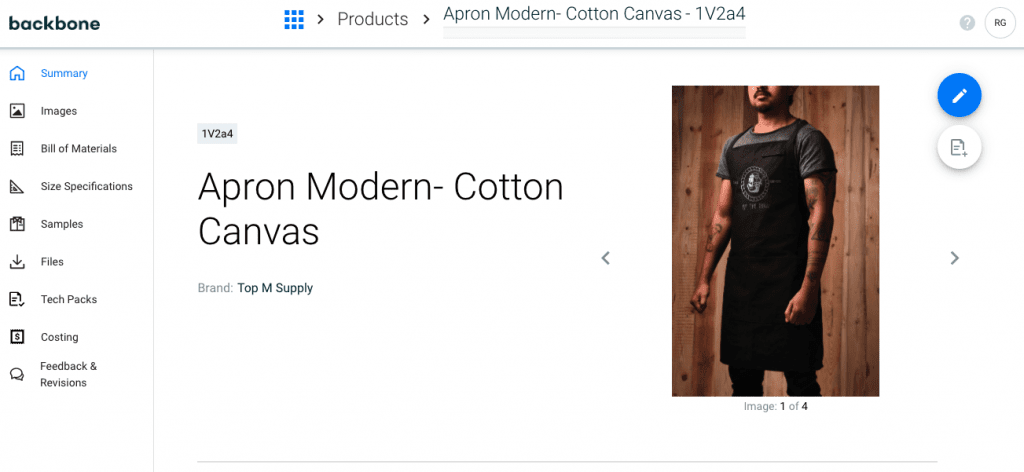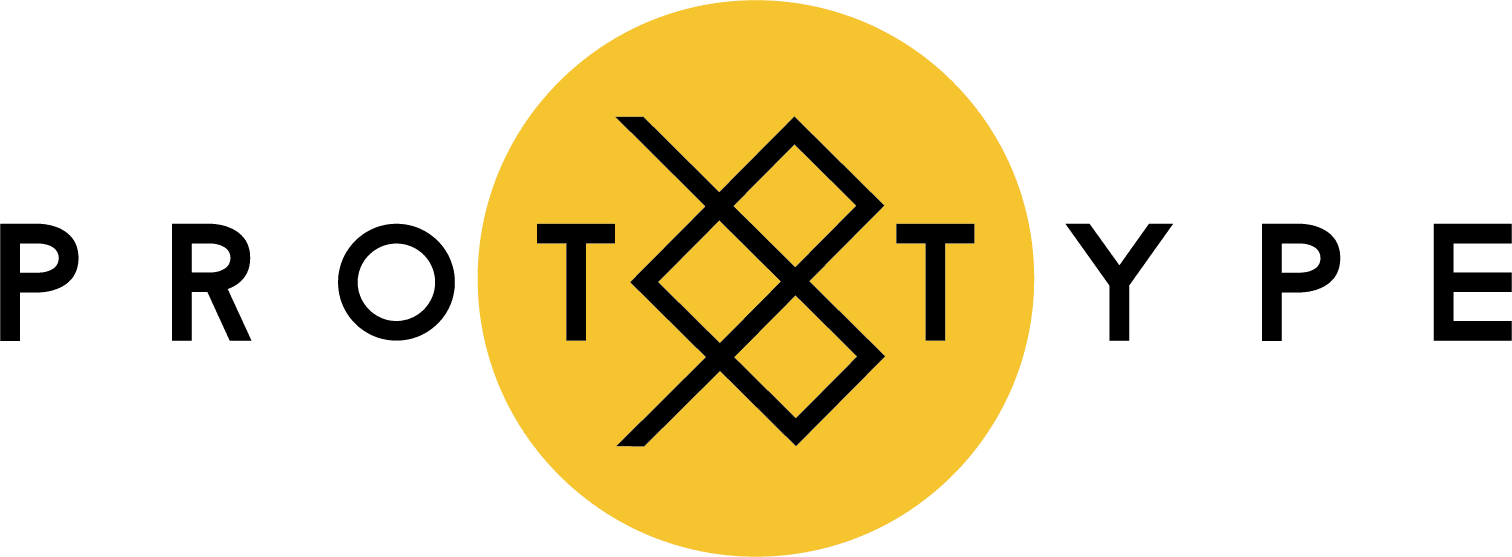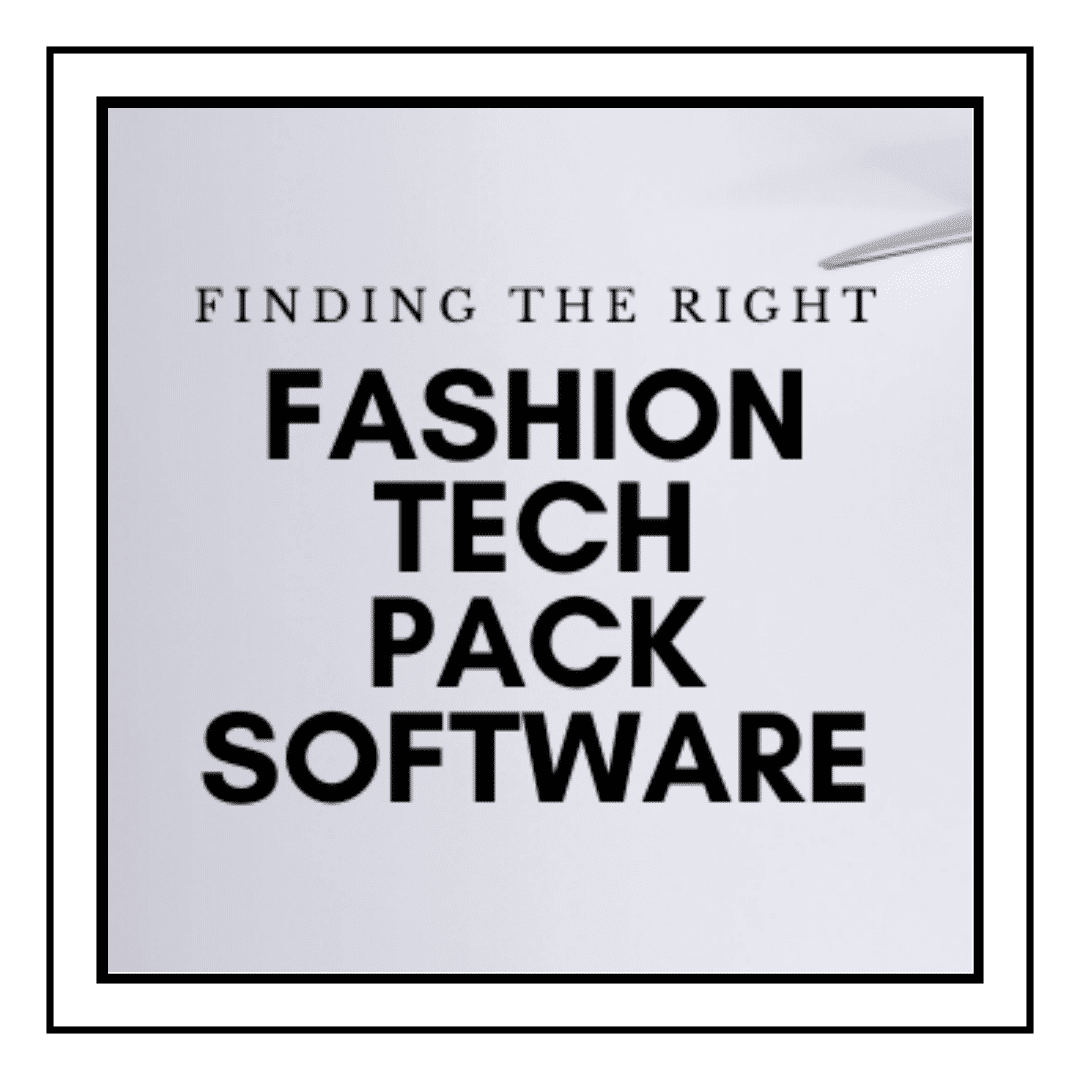Tech Packs are the Blueprint of the Fashion World
When you’re serious about manufacturing your fashion designs, you need a fashion tech pack. If you have one, nice work, rockstar! If you don’t have one though, you probably need some tech pack software to help get you started. Here at Prototype fewer than 10% of our clients come to us with a finished design & tech pack. For a big factory, that’s a deal-breaker. Pardon my language, but there is no way in hell that a proper garment factory is going to accept a project that lacks tech specs. If they do, you should be suspicious!
Why are tech packs so important in fashion design? Well, just imagine trying to hire a contractor to build you a house without any plans. You just show him some pictures of other houses you like and tell him to go for it! Wouldn’t work, right?! It certainly wouldn’t be something you’d find in Architectural Digest!? But this post isn’t about the importance of tech packs, it’s about tech pack software. For more about tech packs in general, jump over to our page that talks about the subject in detail.

How Do I Create a Fashion Tech Pack?
To be perfectly honest, most tech packs that we see are either sloppy and almost worthless OR super nice & fancy, but still almost worthless. The thing is, they do a decent job of describing the item in general terms, but they almost always lack detail. The key to a good tech pack is INFORMATION. (Bolded and capitalized… you know I’m serious! ?) But it’s true. The format of the tech specs doesn’t really matter much, nor does the visual appearance. It’s not a sales or marketing document. It’s really not necessary for anyone to see it other than your manufacturers. And they’re mostly the dry sorts of people who aren’t going to care if it looks fancy or not! You just need the details clearly laid out and you’re good.
Lots of people use just plain old Word or even Google Docs. Those are pretty basic, but they could potentially be enough, as long as they have all the right supporting details. More often, we see tech packs done in Adobe Illustrator. The Illustrator ones are typically the most beautiful to look at. They have their pros and cons, however.
Using Adobe Illustrator to Create Tech Packs
Obviously, Illustrator is an amazing software. You can do nearly anything with it and it gets the job done. If you’re a whiz with it, go ahead, give it a whirl. If not, you might want to read a bit more to find out whether it’s worth the cost and the time to learn it. Here are a few pros and cons to using Illustrator to create your tech specs:
Reasons to Use Illustrator
- You often need to do line drawings of your designs to be included in the tech pack. It’s not ideal for creating the tech pack itself, but you’ll almost certainly need to use some vector software to create the line drawings.
- It’s easy to find someone to help you because it’s a common software. You can also find freelancers online who can help
Reasons NOT to Use Illustrator
- For a fashion tech pack, Illustrator is incredibly time-consuming. The structure itself takes forever, then if you need to make changes… Ugh!
- It’s difficult to hand it over to anyone else to makes edits, changes, etc. You have to rely on the person that made it for you to make the edits. Sometimes those come much later and it can be hard to find the source file and get the edits made.
- It’s not very practical. The focus often falls on making it look good, but for the actual purpose it doesn’t matter at all.
Other Tech Pack Software Options
There aren’t many other options out there, honestly. There are quite a few tech pack templates, which we find to be of really limited value when we need to make edits. That put us straight back into illustrator.
A decent, low cost option is Techpacker. It’s affordable and way more practical to use than Illustrator or other basic software. We used Techpacker for about 2 years or so here at Prototype and generally we like it. We’ve found it to be often frustrating and very limiting in many ways, but the development team seems to be working out the kinks. It has definitely gotten better in recent months. It might be the perfect tech pack software for a startup.
A basic solution like Techpacker is just not quite enough, however, for a bigger company. A more established company needs far more robust features and flexibility. We’ve found a much more professional solution for those types of needs.
Backbone PLM: A Perfect Fit for Growing Fashion Businesses

Product lifecycle management (PLM) software hasn’t previously been well suited to the fashion world. That’s all changed now with the arrival of Backbone PLM, a new software based out of Colorado. In Backbone, as you can see in the photo above, we are able to centrally organize all the various information that applies to each product we develop. As we source, research and develop new products, we build up an amazing database of information that benefits each of our clients. This allows us to work faster and more efficiently than ever before. This software is the “backbone” of our Prototype Process.
The killer app is that this database of information contains all the essential elements of a tech pack. So, in addition to being a great PLM, it also works perfectly as a tech pack software. It allows all the information to be packaged in the form of a tech pack and exported.



I am looking for someone to manufacturer pajama pants